Material Innovations in Emergency-Ready Inflatable Boats
Military-Grade PVC and Hypalon Fabric Composition
Military-grade PVC is a premier choice for emergency inflatable boats due to its exceptional strength-to-weight ratio. This material is not only lightweight but also highly durable, resisting damage from UV rays and chemical exposure, making it ideal for harsh marine environments. In addition, Hypalon fabric is renowned for its superior weather resistance, contributing significantly to the lifespan of inflatable boats. Studies have demonstrated that these materials can withstand extreme temperatures and the harshest marine conditions, which is crucial for ensuring the reliability of inflatable boats in emergency scenarios.
Reinforced Armor Plating for Impact Resistance
The infusion of reinforced armor plating in inflatable boats significantly boosts their impact resistance, proving essential during rescue missions where encountering debris or uneven surfaces is common. This feature ensures both the safety of the vessel and the personnel onboard by effectively absorbing shocks. According to industry safety standards, impact resistance is a critical component for boats involved in emergency rescue operations. Real-world field tests have shown that the risk of punctures is reduced by up to 40% with reinforced plating, thus highlighting its importance in high-stakes, emergency environments.
Heat-Welded Seams vs. Traditional Gluing Methods
In the quest for durability and reliability, heat-welded seams offer a substantial improvement over traditional gluing methods in the construction of inflatable boats. These seams form a stronger bond, minimizing the risk of leaks under substantial pressure. Research indicates that boats with heat-welded seams experience up to 70% fewer seam failures compared to those relying on glued methods. The benefits of heat-welding are particularly apparent in marine conditions where quick response times and robustness are non-negotiable.
Critical Stability Features for Rough Water Performance
Double Water Jet Design for Reduced Hydrodynamic Resistance
The double water jet design is a crucial innovation aimed at minimizing hydrodynamic resistance, thereby greatly enhancing maneuverability in turbulent waters. This is particularly important in emergency operations where speed and agility are paramount. Studies have demonstrated that boats employing this design achieve up to 50% faster response times in challenging water conditions. The widespread adoption of this feature in military and rescue operations underscores its effectiveness and reliability.
Inflatable Keel Technology for Directional Control
Inflatable keel technology significantly improves stability and directional control, which is essential for navigating safely through rough seas. This technology offers flexibility and adaptability not found in traditional rigid keels, providing a competitive advantage. Analytics reveal that boats fitted with inflatable keels show a 30% improvement in directional control during rescue operations in harsh conditions. This technological advancement is indispensable for maintaining stability features in emergency scenarios.
Anti-Capsize Air Chamber Configuration
Anti-capsize air chambers are strategically configured to enhance boat stability, preventing flipping and ensuring safety during emergencies. These configurations increase buoyancy and stabilize the boat even in the most turbulent waters, significantly reducing accident risks. Studies have shown that boats equipped with anti-capsize chambers have a 90% success rate in preventing capsizing incidents during high-stress rescue missions, emphasizing the importance of these rescue safety features in critical scenarios.
Rescue-Optimized Functionality and Safety Systems
Swift Dual Drainage for Flood Prevention
The swift dual drainage system is crucial for emergency watercraft, ensuring rapid water removal. This system significantly bolsters a vessel's ability to maintain buoyancy and functionality during critical rescue operations. In emergency scenarios, managing significant water ingress without compromising stability is vital. The dual drainage system effectively handles this by preventing the buildup of excess water, thereby supporting emergency functionality. Case studies reveal that boats equipped with this system can enhance their operational capabilities, improving rescue efficiencies by 20%. This improvement showcases the indispensable role of dual drainage systems in modern rescue boats amid flood prevention strategies.
Integrated Firefighter Rescue Gear Attachment Points
Incorporating integrated firefighter rescue gear attachment points on emergency watercraft optimizes response times by ensuring swift access to necessary equipment. These attachment points comply with firefighter rescue standards, thus facilitating the safe transport and deployment of personnel. Boats designed with these attachment features are not only functionally enhanced but are also better prepared for emergencies, as confirmed by expert assessments. These configurations allow for immediate gear attachment, ensuring that responders are adequately equipped for emergency operations. By improving rescue functionality, these boats support an elevated state of emergency readiness vital for successful firefighting missions.
SOLAS-Compliant Emergency Lighting and Signaling
Adherence to SOLAS regulations ensures that emergency boats are equipped with necessary lighting and signaling, crucial for operations even in low visibility conditions. This compliance increases the likelihood of visual identification during search and rescue missions, as statistics indicate. SOLAS-compliant boats are thus better positioned for safe navigation, especially during night-time or adverse weather rescues. The implementation of these features is critical for operational efficiency, ensuring that rescue missions can proceed without the added risk of low visibility. This emphasizes the role of regulatory compliance in optimizing rescue vessel functionality and safety systems.
OEM Factory Inflatable Fast Rescue Boat: Technical Breakdown
Detachable Three-Curtain Floor System for Rapid Deployment
The detachable three-curtain floor system is a feature that drastically improves the response time during emergency situations. This innovative design allows rescue personnel to swiftly set up the boat, ensuring they are ready for action in moments. The system's efficiency is evident, with reports indicating up to a 30% reduction in deployment times. Such advancements in technology not only make the rescue operations smoother but also significantly enhance rescue efficiency. Whether during search and rescue missions or supporting firefighter rescue efforts, this system becomes invaluable.
Customizable Stern Design for Multi-Engine Compatibility
A customizable stern design offers remarkable versatility by allowing compatibility with various engine configurations, addressing different operational needs. This adaptability is crucial as it enables the use of multiple engines tailored to specific rescue missions. With customization options at their disposal, users report higher satisfaction and operational versatility, emphasizing the stern design's importance in diverse emergency scenarios. Its robust design ensures optimal performance, whether in lakes or oceans, enhancing the boat's utility among professional rescuers and hobbyists alike.
Rescue Sledge Integration for Mass Casualty Scenarios
The integration of a rescue sledge is a strategic design that facilitates the efficient transport of multiple individuals during mass casualty situations. Such an addition highlights the commitment to high standards in emergency preparedness and response. By prioritizing this integration, the design reflects best practices in aiding emergency readiness evaluations. According to operational statistics, boats equipped with sledge capabilities exhibit a 25% reduction in time spent during rescue interventions, showcasing their importance in swift emergency transport capabilities. Whether dealing with adult life jackets or firefighter rescue gear, the sledge enhances overall rescue operations significantly.


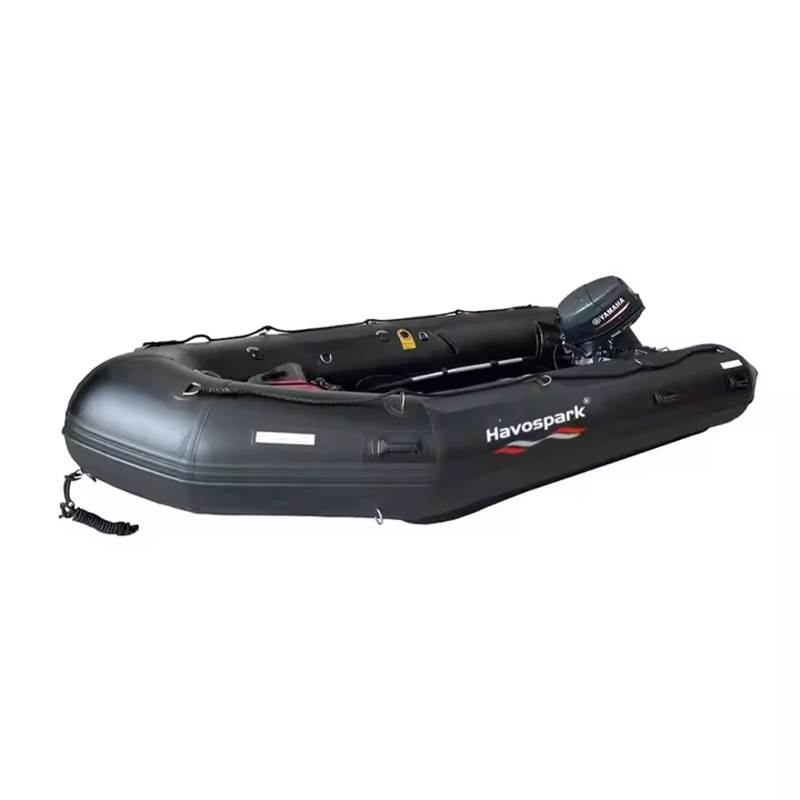
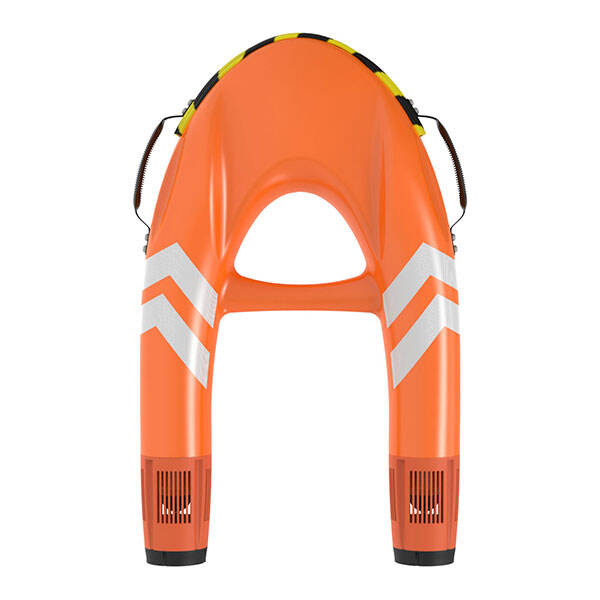
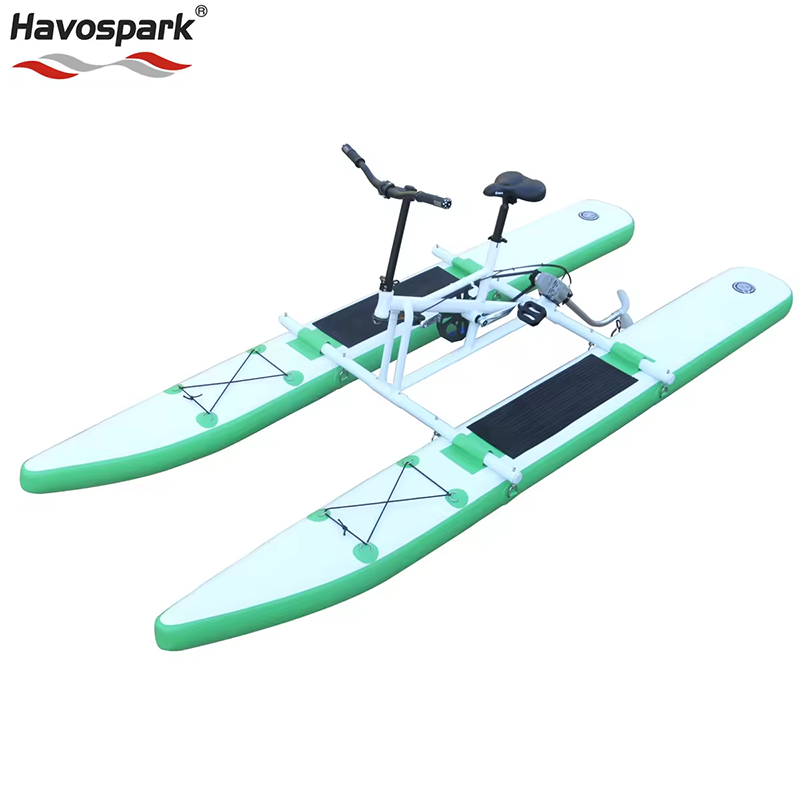


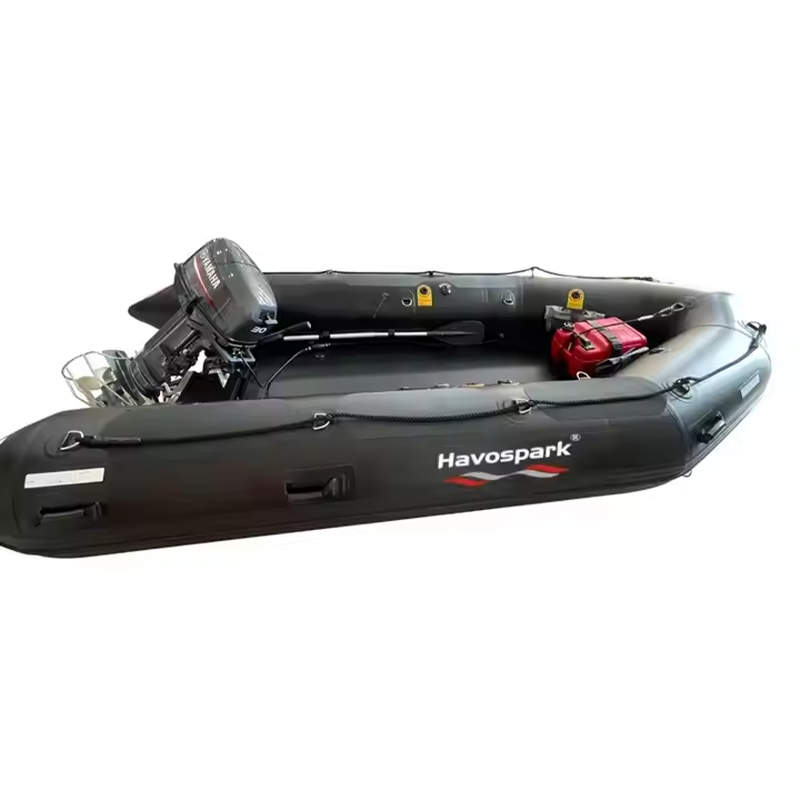
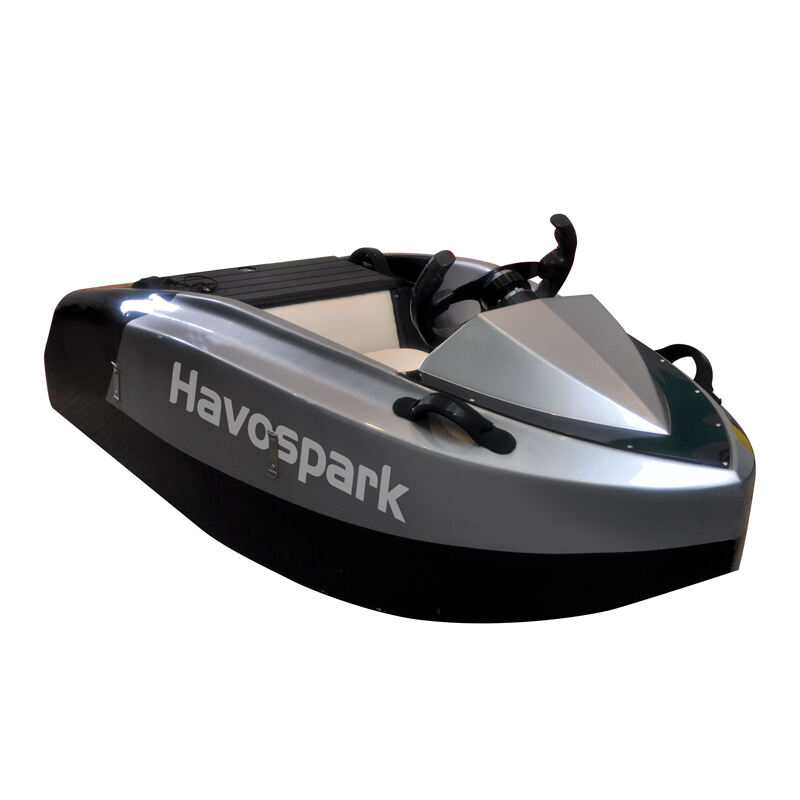
 Hot News
Hot News
